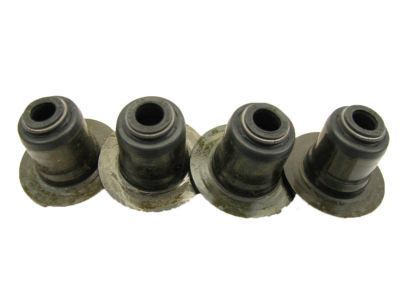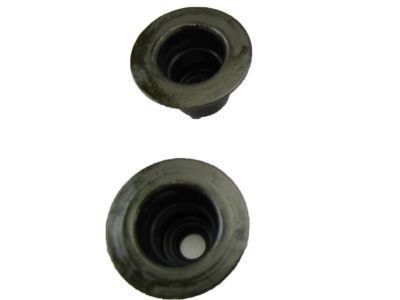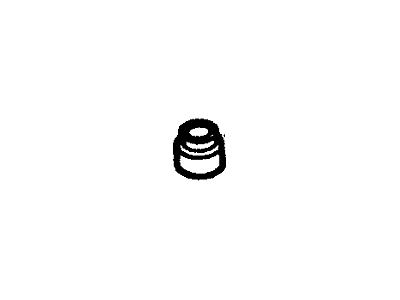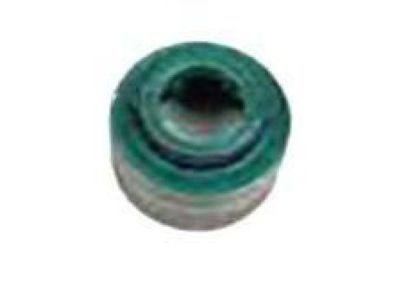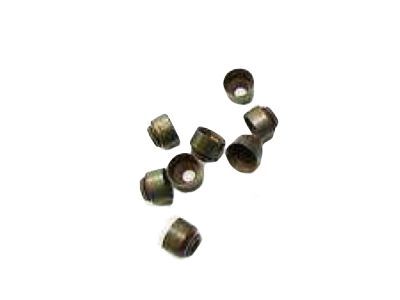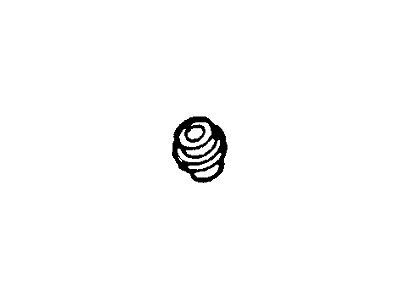

My Garage
My Account
Cart
Genuine Ford Thunderbird Valve Stem Seal
Engine Valve Seal- Select Vehicle by Model
- Select Vehicle by VIN
Select Vehicle by Model
orMake
Model
Year
Select Vehicle by VIN
For the most accurate results, select vehicle by your VIN (Vehicle Identification Number).
13 Valve Stem Seals found
Ford Thunderbird Seal - Valve Stem
Part Number: F4AZ-6571-A$7.24 MSRP: $10.31You Save: $3.07 (30%)Ships in 1-3 Business DaysFord Thunderbird Seal - Valve Stem
Part Number: F3ZZ-6571-C$2.04 MSRP: $2.89You Save: $0.85 (30%)Ships in 1-3 Business DaysFord Thunderbird Seal - Valve Stem
Part Number: F57Z-6571-A$1.61 MSRP: $2.29You Save: $0.68 (30%)Ships in 1-3 Business Days
Ford Thunderbird Valve Stem Seal
We provide a wide range of Ford Thunderbird Valve Stem Seal at the best prices possible. If you need Ford Thunderbird Valve Stem Seal, you can shop with confidence on our website. All our OEM parts come with a manufacturer's warranty and are delivered to your door step with a fast delivery service.
Ford Thunderbird Valve Stem Seal Parts Questions & Experts Answers
- Q: How can broken valve springs and defective valve stem seals be replaced without removing the cylinder heads on Ford Thunderbird?A:Cylinder head removal is not always necessary to replace broken valve springs and or defective valve stem seals as these jobs usually require the use of only two tools and compressed air. In absence of compressed air one can use a length of nylon rope so that the valves do not fall into the cylinder. Start with the elimination of the valve cover of the cylinder head in question and, if all valve stem seals are to be changed, both covers should be removed. Second, take off the spark plug of the cylinder containing the faulty component and if replacing all seals thus take off all spark plugs. Operate the crankshaft in a circular manner until the piston in the damaged cylinder is aligned at the top dead center on the compression stroke; do this cylinder by cylinder starting with cylinder one in the firing order sequence 1-4-2-5-3-6. Insert a spark plug thread an adapter into the spark plug hole and attach an air hose to it from a compressed air. If compressed air is not available, place the piston just prior to top dead center of the compression stroke and insert a long length of nylon string through the spark plug hole and into the combustion chamber until all of but one end of the string is pulled out for removal. Jam the shop rag into the cylinder head holes so that parts do not go into the engine, and using valve spring compressor, compress the spring/damper, then remove the keepers with the tips of a needle-nose plier or magnet. Pull off the spring retainer or rotator, the sleeve, the valve spring and the guide seal. If air pressure is not sufficient to close the valve it will cause valve face or the seat to wear and to address this; you will have to remove the cylinder head. Put a rubber band or tape around the upper part of the valve stem so it does not fall into the combustion chamber and then deflate the tire. Check for such things as on the valve stem that the head should not bind in the guide; if it does, the head will require removal to be fixed. Put the air pressure back on to lock the valve shut, then take out the tape or rubber band. Use a drop of engine oil on the valve stem and fit a new rubber suction cup to the stem; put the spring arrangement in place on the stem of the valve on another side. Screw in the valve spring retainer or rotator, squeeze the spring and put the keepers in the grooves, using the grease to maintain position if required. Withdraw the rope, if any used, and turn off the air hose and detach the adapter inserted into the spark plug hole. Last, fit the Rocker Arm(s) and the push rod(s), the spark plug(s) & wire(s) and the valve cover(s) tighten and start the engine look out for oil leakage and some unusual sound emanating from the valve cover part.
Related Ford Thunderbird Parts
Browse by Year
2005 Valve Stem Seal 2004 Valve Stem Seal 2003 Valve Stem Seal 2002 Valve Stem Seal 1997 Valve Stem Seal 1996 Valve Stem Seal 1995 Valve Stem Seal 1994 Valve Stem Seal 1993 Valve Stem Seal 1992 Valve Stem Seal 1991 Valve Stem Seal 1989 Valve Stem Seal 1988 Valve Stem Seal 1987 Valve Stem Seal 1986 Valve Stem Seal 1985 Valve Stem Seal 1984 Valve Stem Seal 1983 Valve Stem Seal 1982 Valve Stem Seal 1981 Valve Stem Seal 1980 Valve Stem Seal
